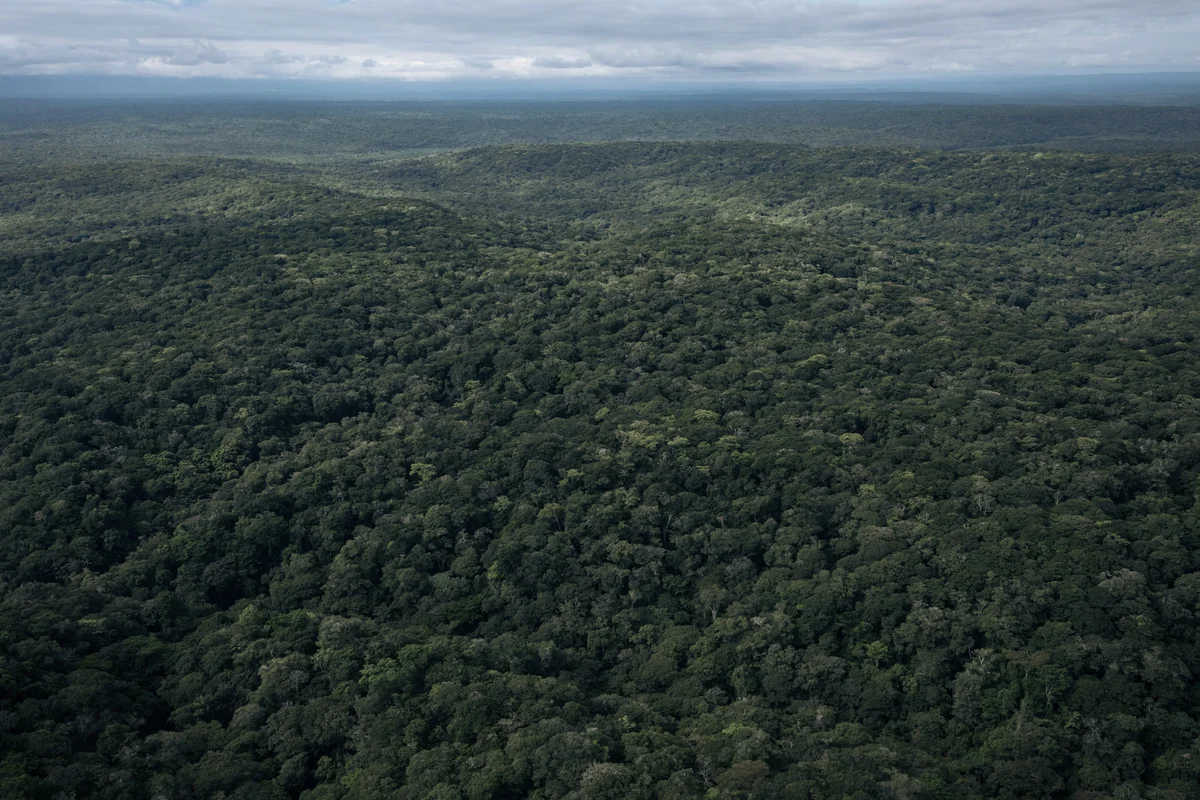Copyright dailymail

An unusual culprit has stripped a Colorado park of its shimmering wetlands and dam-building beavers. Rocky Mountain National Park's Kawuneeche Valley has seen an influx of moose and elk that has led to an alarming decline of beavers and their homes. These large mammals overgraze the willows, which are crucial for beavers' dams, causing a disruption in the ecosystem. But the National Park Service has a plan to restore their environment and protect the affected animals. Several forces joined together in 2020 to create Kawuneeche Valley Restoration Collaborative- a coalition plan to reserve the natural ecosystem of the park. 'KVRC aims to restore the Kawuneeche Valley’s natural systems, benefitting people and wildlife,' according to its website. A whopping $3.3 million has been raised for the environmental restoration project, Park Service ecologist Isabel de Silva Shewell told SFGate. Fences were installed along the creek on the park’s west side to prevent large mammals from eating the beavers’ willows. Workers have also installed 'beaver simulated dams' and plan to apply the same treatment to another waterway in the park. 'We’re doing the "Field of Dreams,"' de Silva Shewell told the local outlet. 'Build it and they shall come.' The ecosystem’s decline has been underway since 1953, as 94 percent of its beaver ponds and 98 percent of its tall willows have been lost. Moose and elk are the primary contributors to the decline of willow populations, while wildfires have also damaged the wetlands. Local government and non-profit organizations are on board, with collaborators funding the operation about $450,000, according to the park's website. 'We just have this great assortment of external grants funding the work, and Park Service staff are contributing labor support,' de Silva Shewell explained to the outlet. Along with the fence installation, 'low-tech structures' that mimic beaver behavior will be added. Planting willows and other crucial plants, and removing non-native species, is also helping the valley's restoration. 'Restoration takes time, but its critical benefits make it worth the effort,' their website reads.



